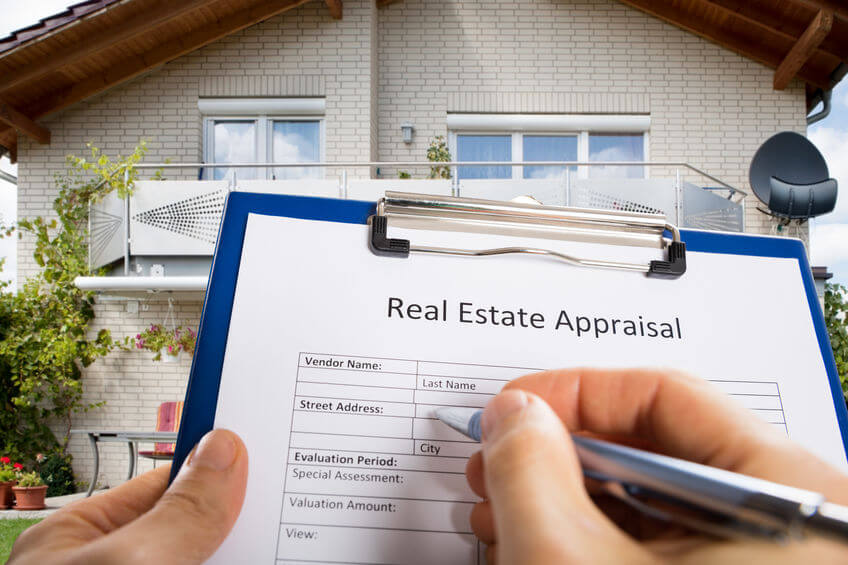But you don't have to pay PMI permanently. More on that later PMI can be a pretty huge expenditure, with the average annual PMI premium varying from. 55 percent to 2. 25 percent of the initial loan quantity annually. Your credit rating and loan-to-value ratio will affect your PMI premium. For instance, if you purchase a house for $200,000 and your PMI is one percent, you will pay $2,000 a year, or about $166 a month (How to find a real estate agent buyer). The bright side is that you can ask the lending institution to cancel your PMI once you have paid for the home mortgage balance to 80 percent of the home's original appraised worth.
If you have an FHA loan, you will require to pay down your home mortgage to 78 percent of your initial sales cost. Even if gratitude has actually pressed your equity up, you will need to reduce your original primary balance. Typically, a lot of lenders need PMI when it pertains to conventional loans with a down payment less than 20 percent. Like anything else, however, there are exceptions to the guideline. You'll have to do your homework if you wish to give up paying PMI. Some banks out there deal low down-payment, PMI-free conventional loans. These providers will waive PMI for debtors with less than 20 percent down, however you'll pay a higher rate of interest. No, not the body appendage. While fixed-rate mortgages have the same rates of interest and month-to-month payment for the life of the loan, the interest rate and monthly payments on an ARM modification (for this reason the word "adjustable"). ARM rate of interest are normally fixed for a period between 3 and ten years before they change. The brand-new payment is calculated utilizing a rate based on an underlying index like LIBOR (not a vital acronym for house purchasing, however it represents "London Interbank Offered Rate") or the CMT (Continuous Maturity Treasury) plus a margin. Comprehending how your rate can change and how this can increase your payment is extremely essential.
The company imposes rules like Know Before You Owe, which supply customers more transparency in the mortgage process and understanding about what they can pay for. This ratio is the percentage of your earnings that goes towards paying monthly expenses. Lenders normally need DTIs listed below a defined percent for you to certify for particular loan products. These loans were established during the Great Depression during the 1930s and basically make buying a home more available by offering home mortgage help and letting customers receive a loan with a deposit of just 3. 5% (rather of the suggested 20% deposit).

These are regular monthly payments of just interest. Specific home mortgages enable for these lower payments for a specific duration. These loans work best for customers who expect a considerable bump in income or strategy to re-finance or move prior to completion of the interest-only term. Not to be confused with smoked salmon, typically consumed with cream cheese and bagels. These are brief letters provided to a loan provider that discuss modifications in earnings, defend late payments, or summarize your rental history. They can help you get approved for your home mortgage. This ratio is computed by dividing the loan quantity by the home's purchase cost.

Lenders have special programs for debtors who put down less than 20%. Not a noise a robotic makes, but rather a cost that's funded as part of the loan and charged by the federal government for FHA loans. This special program enables novice purchasers to put down less than 20% on their purchase. These payments are the quantity due each month on your home loan. Not an unfortunate celebration, however rather your total month-to-month housing expense, which consists of the P&I payment due on your home loan and the taxes and insurance coverage on your house. PMI is an extra charge you pay when your deposit is less than 20%.
Not known Factual Statements About What Is Wholesale Real Estate
Should satisfy specific requirements specified by the Dodd-Frank Wall Street Reform and Consumer Protection Act, such as loan amount, rate of interest, and underwriting, so they can be purchased by a government-sponsored entity. Not the cousin of a Vespa scooter. More like a map, given that it requires that you get specific disclosures about closing expenses and settlement treatments at particular times throughout the home mortgage process. Proof of your earnings in the kind of W-2s, pay stubs, or earnings tax returns. Termites. Enough stated. And if you ever discover yourself sounding out acronyms while attempting to follow along with your loan provider, follow this sensible guidance from Eric Gotsch: "Asking will never ever https://www.timesharetales.com/blog/do-timeshare-cancellation-companies-work/ be a foolish question, especially throughout something as important as the home-buying process.".
If you Browse this site wish to avoid PMI, you have 2 options: concern the table with a 20% down payment or see if you can have the lending institution pay for the PMI. Here's how to achieve either. A down payment is a needed lump-sum payment you make at closing to acquire a house - Which combines google maps with real estate data. The quantity you pay is a portion of the house's value and assists include to the equity you have in the home from the start and reduces the quantity you borrow. The majority of loans do not require a 20% deposit. Nevertheless, having one will eliminate the PMI and might reduce your regular monthly payment even more because it'll likewise decrease your primary balance.